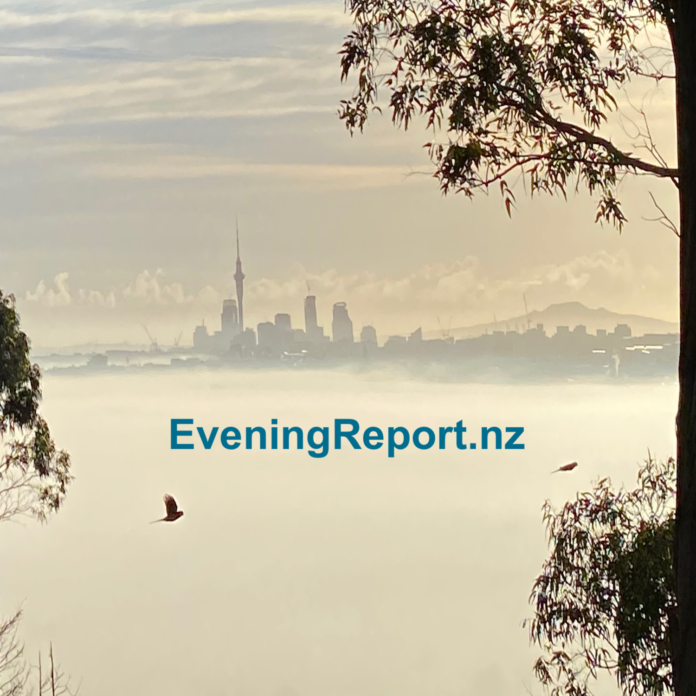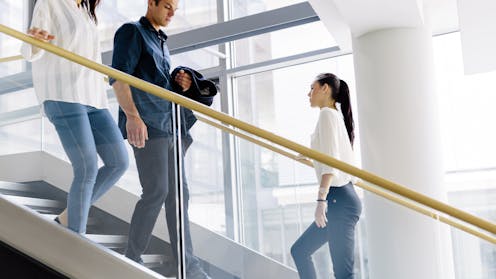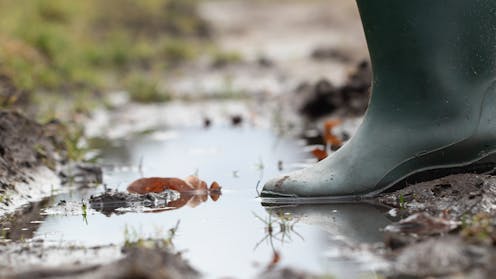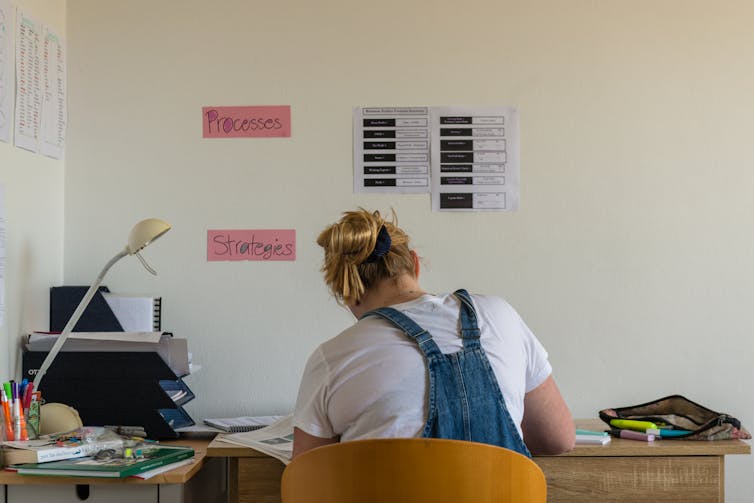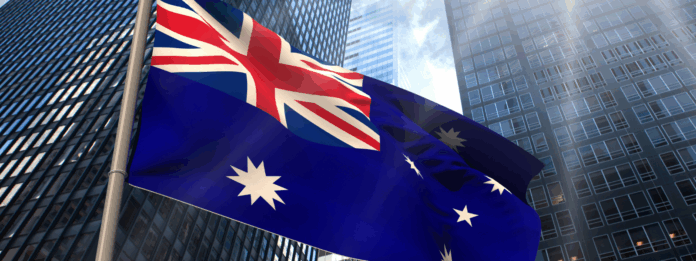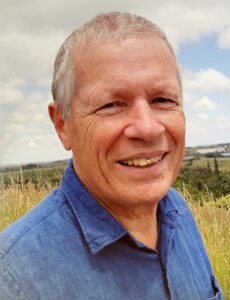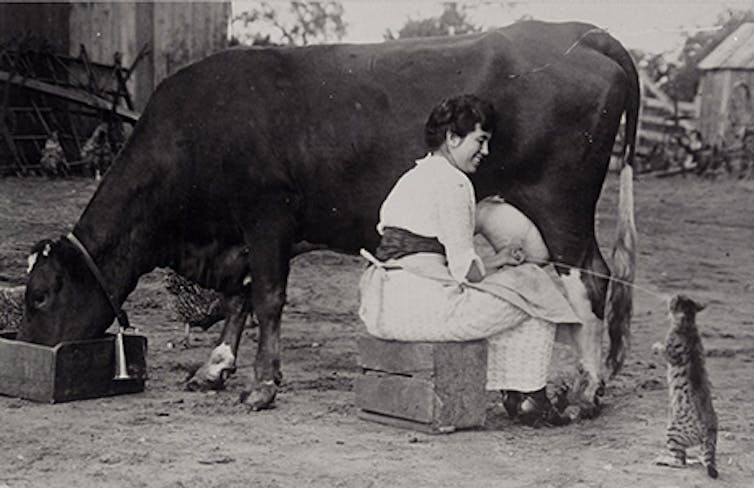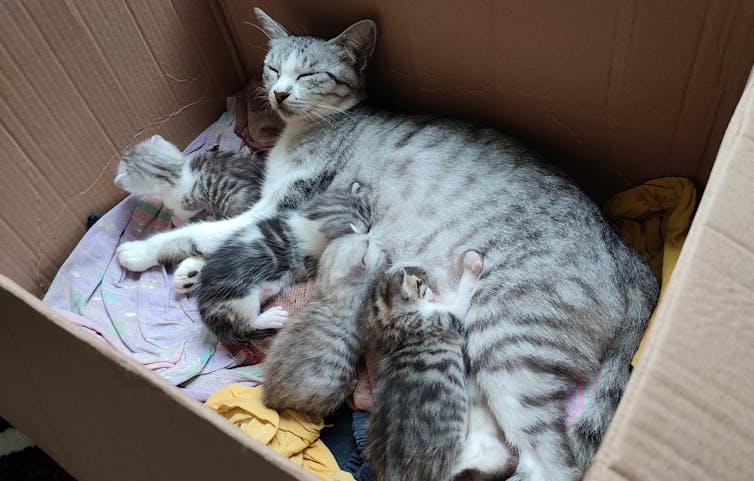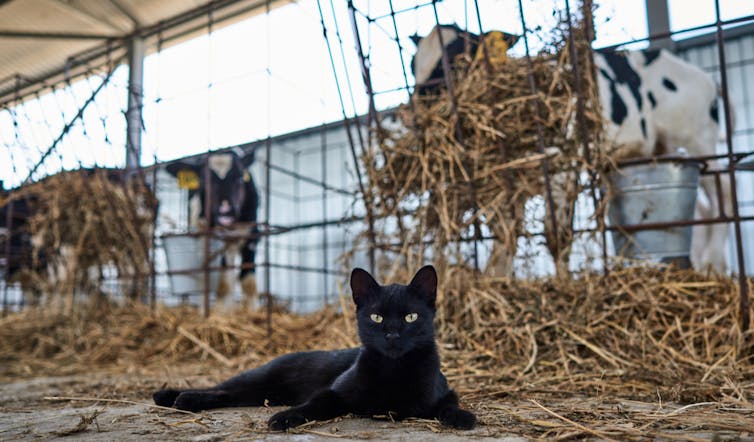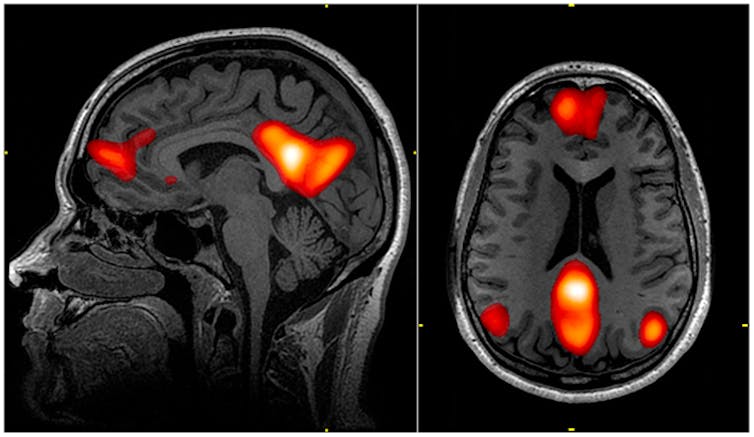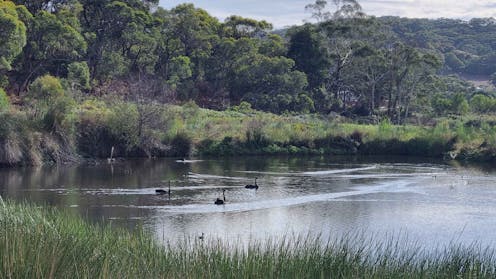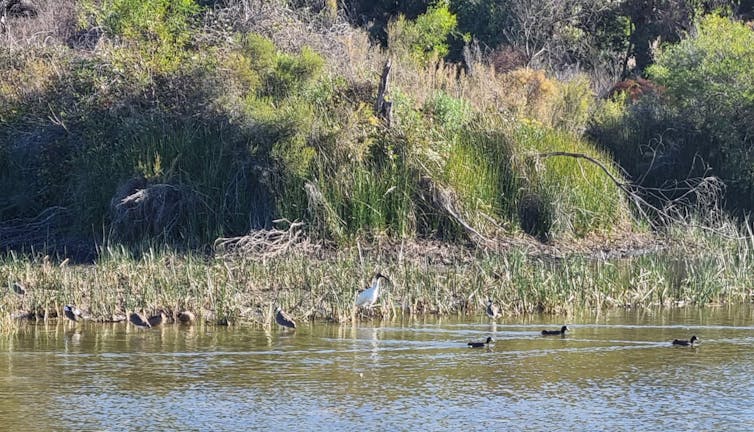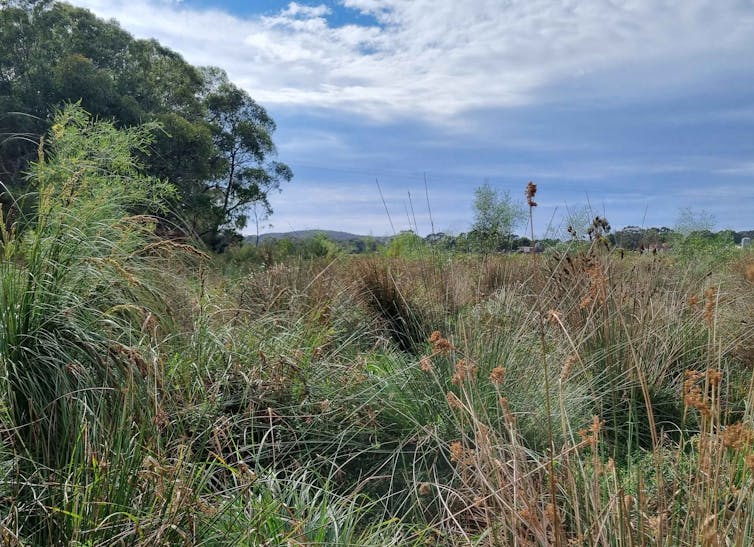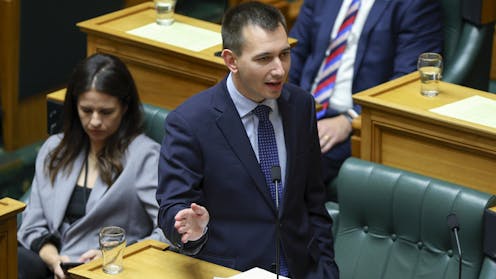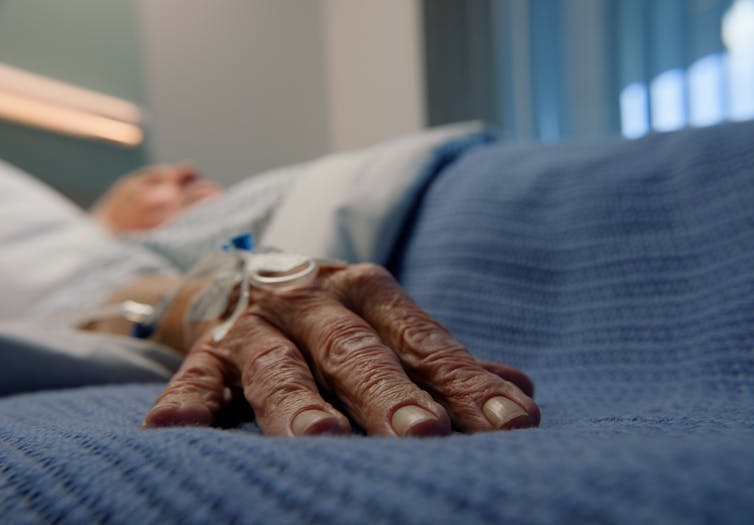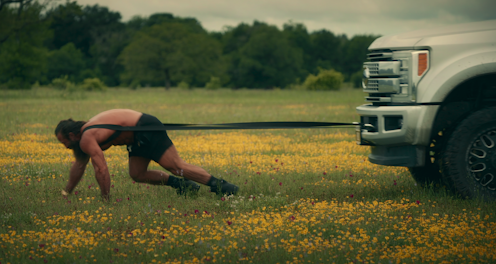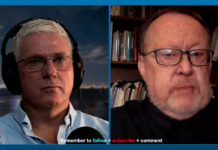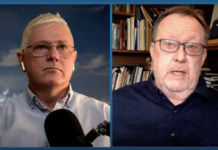Source: The Conversation (Au and NZ) – By Nicola Gaston, Director of the MacDiarmid Institute for Advanced Materials and Nanotechnology, University of Auckland, Waipapa Taumata Rau

A lack of strategy and research funding – by both the current and previous governments – has been well documented, most comprehensively in the first report by the Science System Advisory Group (SSAG), released late last year.
If there is one word that sums up the current state of New Zealan’s research sector, it is scarcity. As the report summarises:
We have an underfunded system by any international comparison. This parsimony has led to harmful inter-institutional competition in a manner that is both wastefully expensive in terms of process and scarce researcher time, and is known to inhibit the most intellectually innovative ideas coming forward, and of course it is these that can drive a productive innovation economy.
The government expects research to contribute to economic growth, but policy and action undermine the sector’s capacity to do so.
The latest example is last week’s cancellation of the 2026 grant application round of the NZ$55 million Endeavour Fund “as we transition to the science, innovation and technology system of the future”. Interrupting New Zealand’s largest contestable source of science funding limits opportunities for researchers looking for support for new and emerging ideas.
Changes to the Marsden Fund, set up 30 years ago to support fundamental research, removed all funding for social science and the humanities and shifted focus to applied research. This is despite fundamental research in all fields underpinning innovation and the international ranking of our universities.
New Zealand has an opportunity to change its economy based on the potential of emerging sectors such as artificial intelligence, cleantech and quantum technologies. Other countries, including Australia and the United Kingdom, already consider quantum technologies a priority and fund them accordingly.
But when it comes to strategy, the composition of the boards of new Public Research Organisations, set up as part of the government’s science sector reform, are skewed towards business experience. Where there is scientific expertise, it tends to be in established industries. The governance of the proposed new entity to focus on emerging and advanced technologies is yet to be announced.
Critical mass requires funding and strategy
Scientists have been calling for a science investment target of 2% of GDP for a long time. It was once – roughly a decade ago – the average expenditure within the OECD; this has since increased to 2.7% of GDP, while New Zealand’s investment remains at 1.5%.
The SSAG report repeatedly refers to the lack of funding, and it would be the obvious thing to see addressed in this year’s budget. But expectations have already been lowered by the government’s insistence there will be no new money.
The report’s second high-level theme is the engagement of government with scientific strategy. Government announcements to date seem focused on attracting international investment through changes to tax settings and regulation. I would argue this is a matter of focusing on the wrapping rather than the present: the system itself needs to be attractive to investors.
Creating a thriving research sector is also a matter of scale. International cooperation is one way for New Zealand to access efficiencies of scale. And work on building international partnerships is one area of positive intent. But we need to look at our connectivity nationally as well, and use investment to build this further.
Countries with greater GDPs than New Zealand’s invest much more in research as a proportion of GDP. It means the size of these other countries’ scientific ecosystems – if measured by total expenditure – is three to four times New Zealand’s on a per capita basis.
A matter of scale
Per-capita scale matters because it tells us how easy it is for researchers to find someone else with the right skillset or necessary equipment. It tells us how likely it is for a student to find an expert in New Zealand to teach them, rather than needing to go overseas.
And it tells us how quickly start-up companies in emerging technologies will be able to find the skilled employees they need. A thriving university system that attracts young people to develop the research skills needed by advanced technology companies is a key part of this challenge.
The government’s science sector reform aims to increase its contribution to economic growth. But research contributes to economic growth when scientists can really “lean in” with confidence to commercialising and translating their science.
That can’t happen if budgets don’t fund the critical mass, connectivity and resources to stimulate the transition to a thriving science system.
![]()
Nicola Gaston receives funding from the Tertiary Education Commission as the Director of the MacDiarmid Institute for Advanced Materials and Nanotechnology. She also receives funding from the Marsden Fund. All research funding goes to the University of Auckland to pay the costs of the research she is employed to do.
– ref. NZ Budget 2025: science investment must increase as a proportion of GDP for NZ to innovate and compete – https://theconversation.com/nz-budget-2025-science-investment-must-increase-as-a-proportion-of-gdp-for-nz-to-innovate-and-compete-255591


